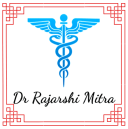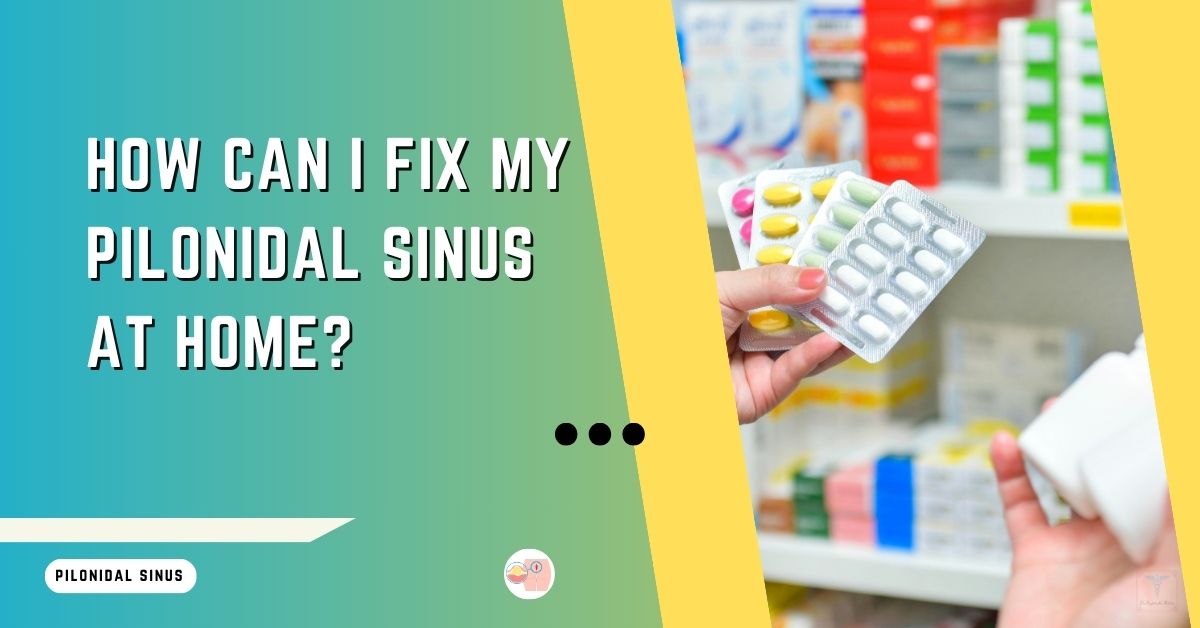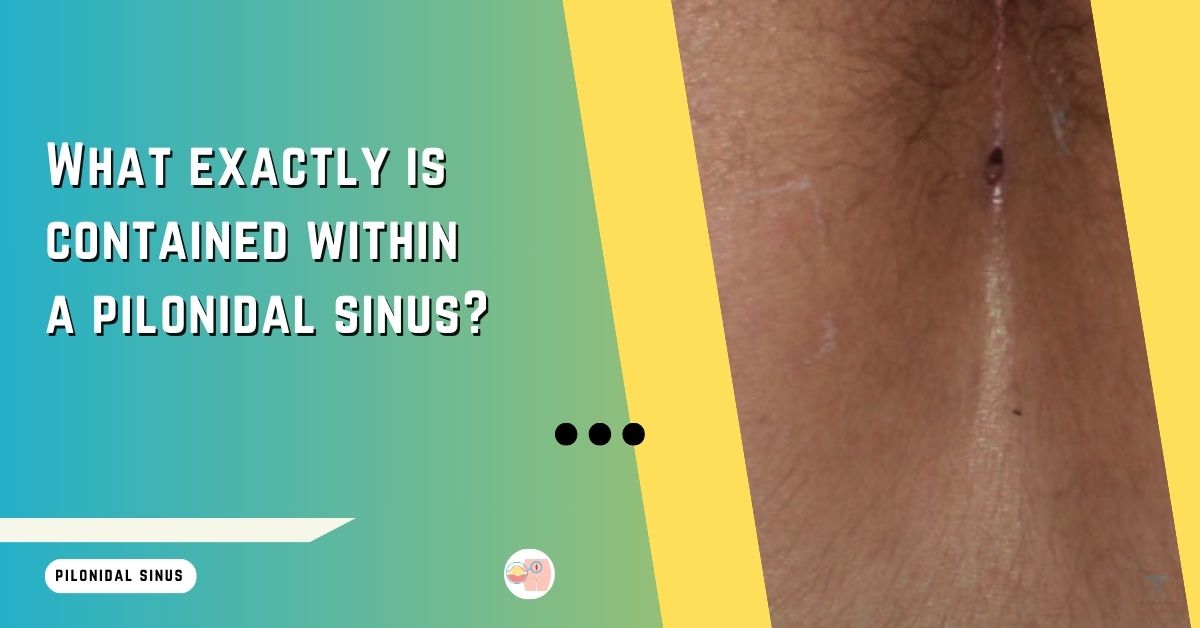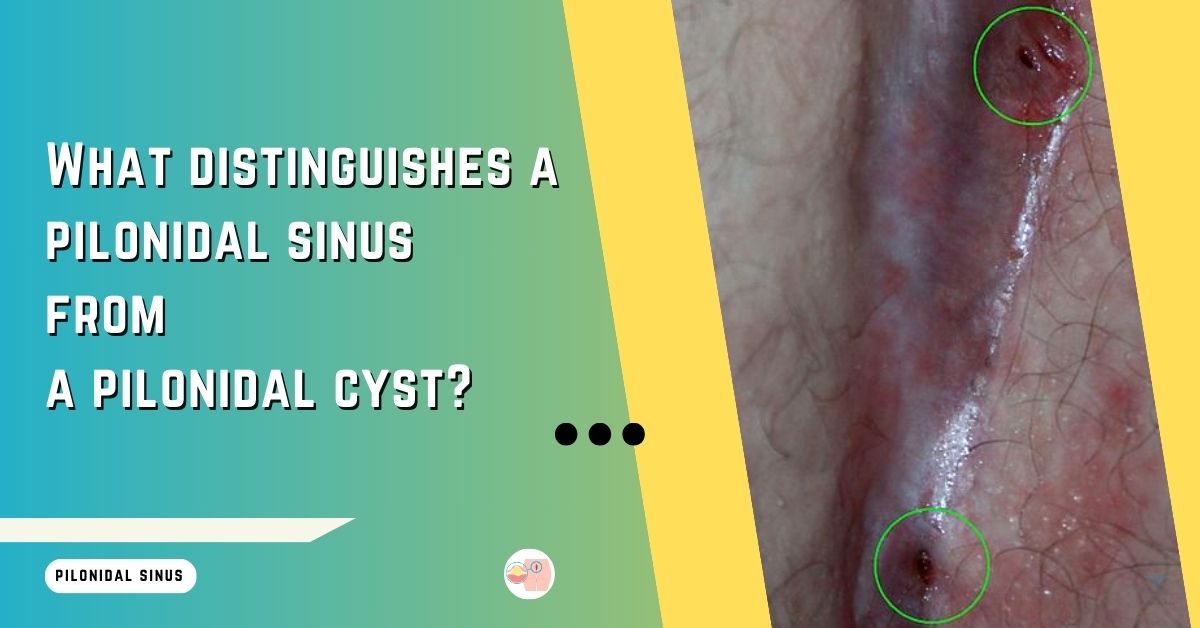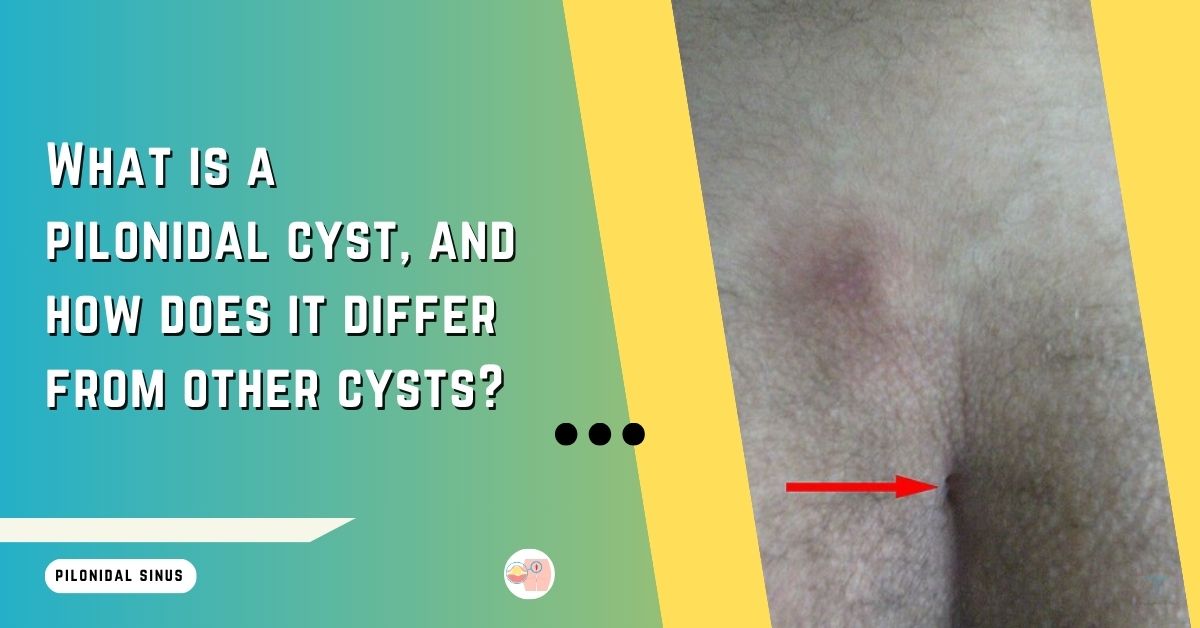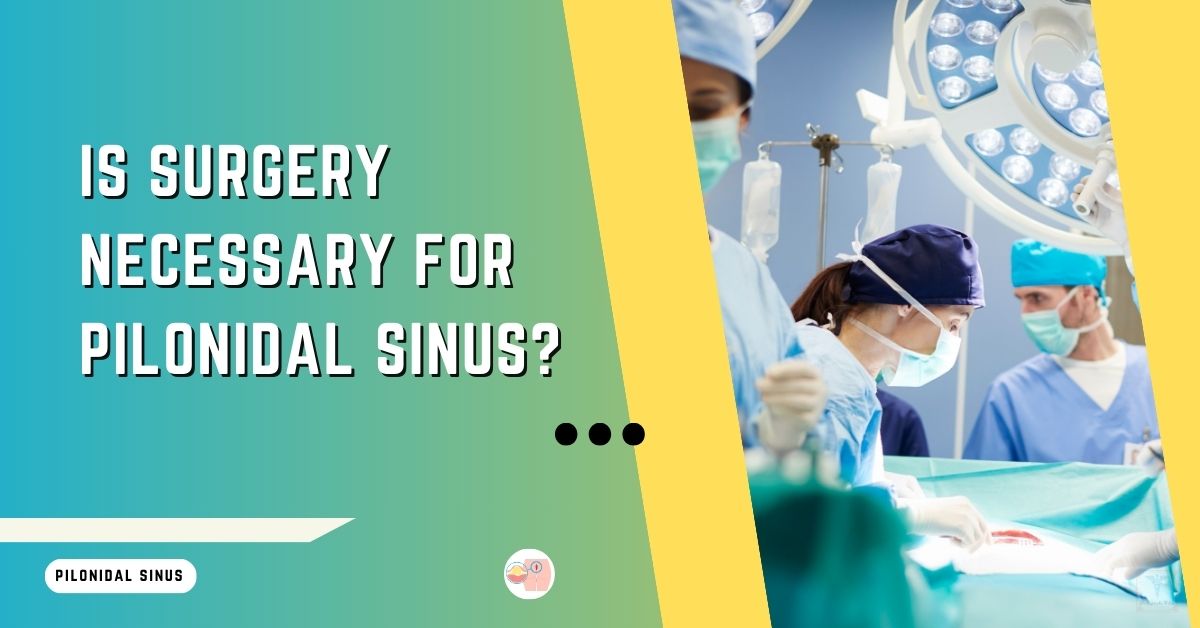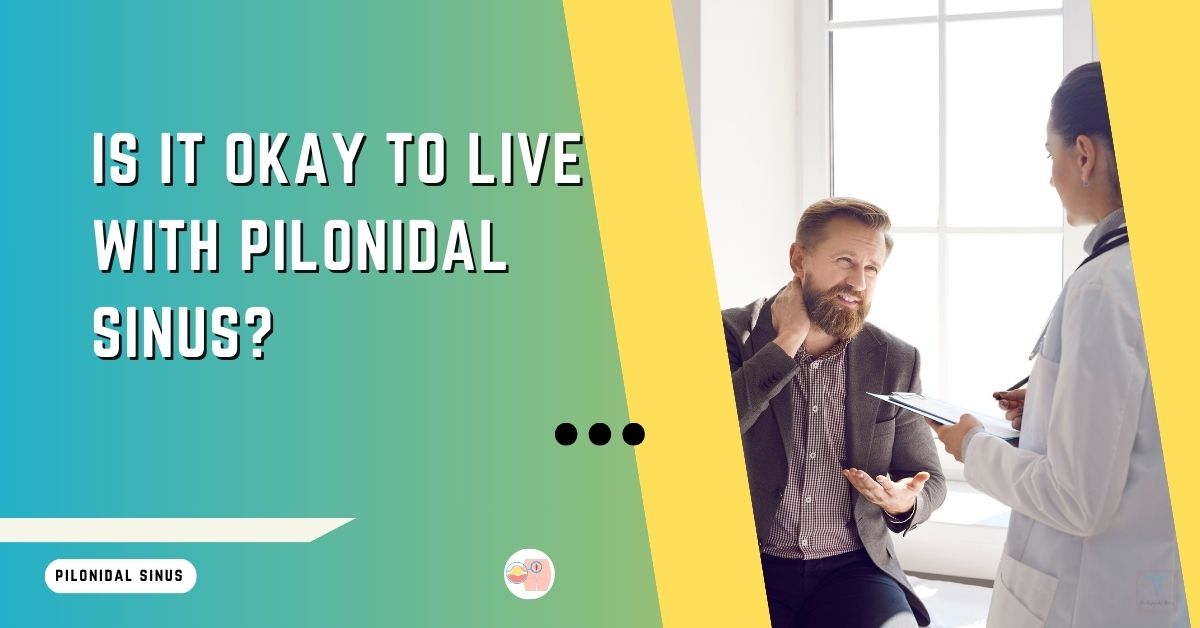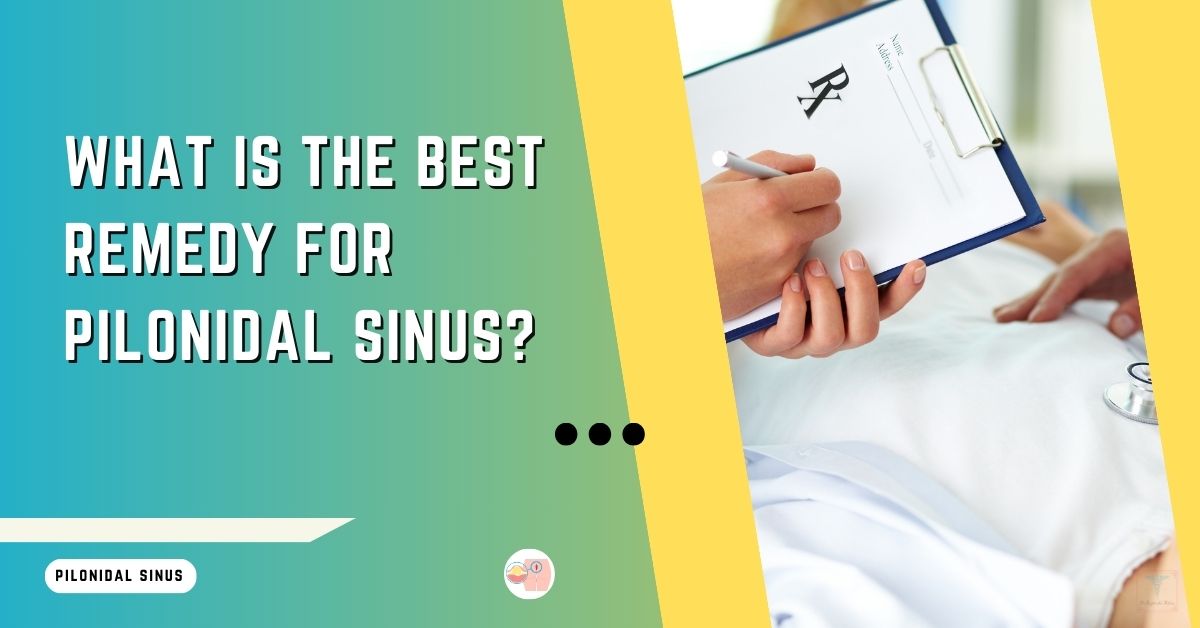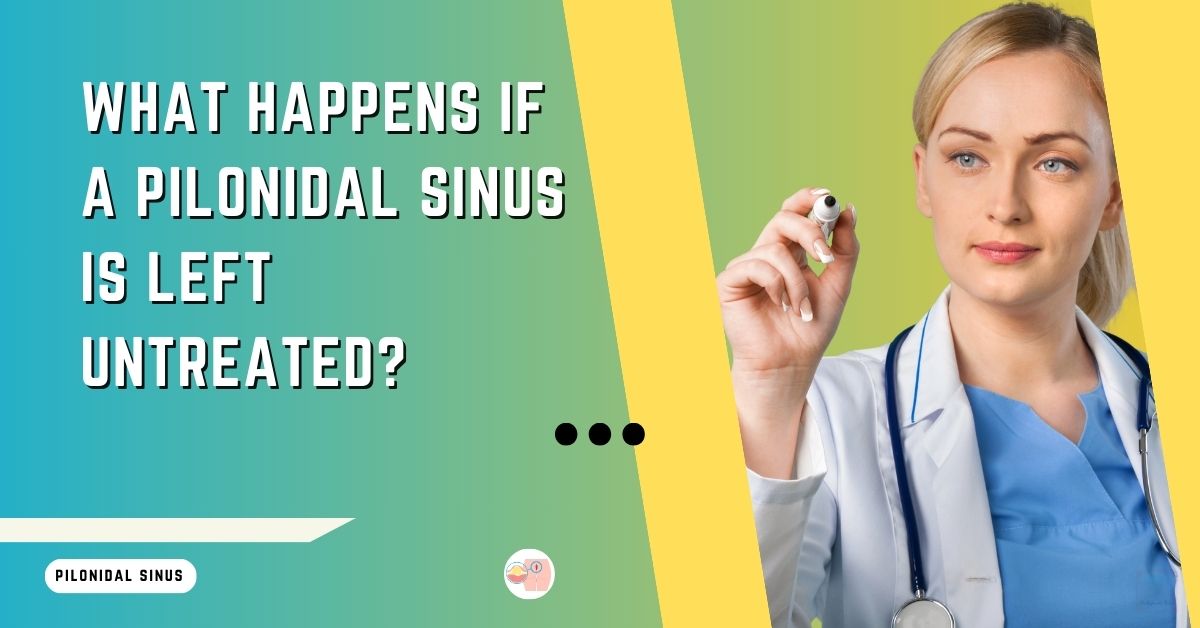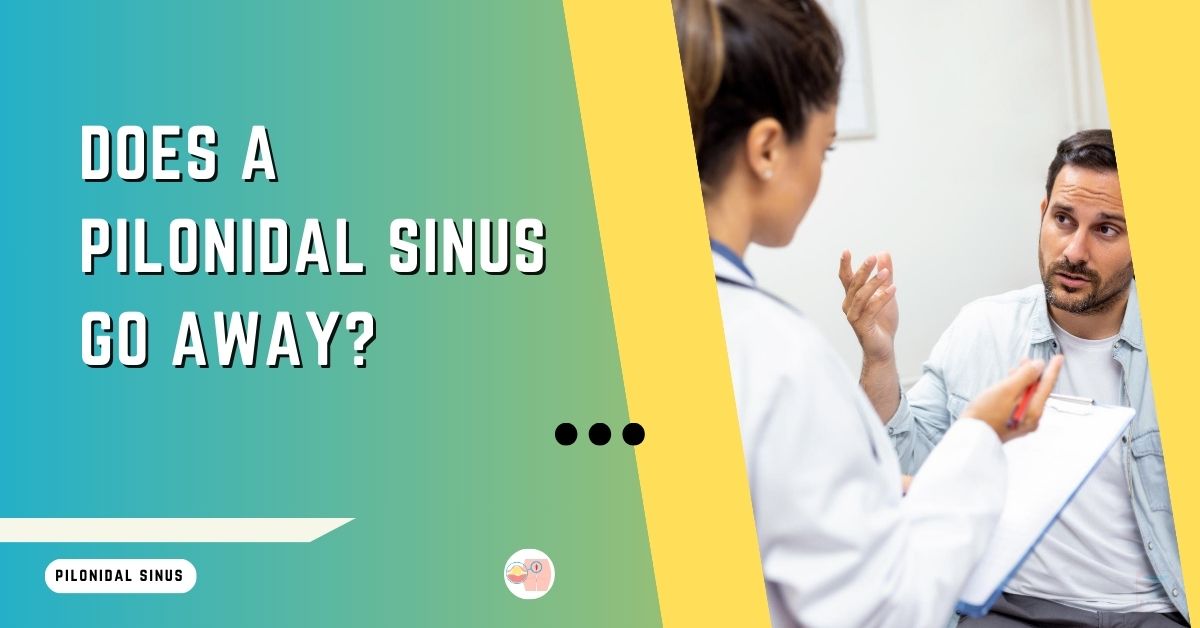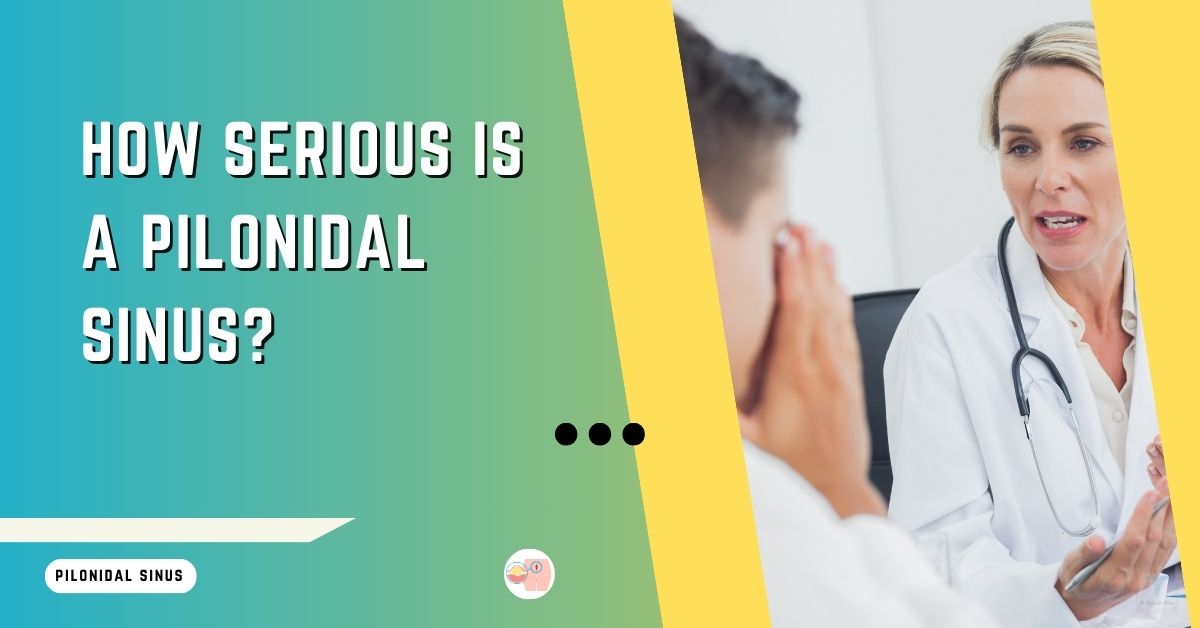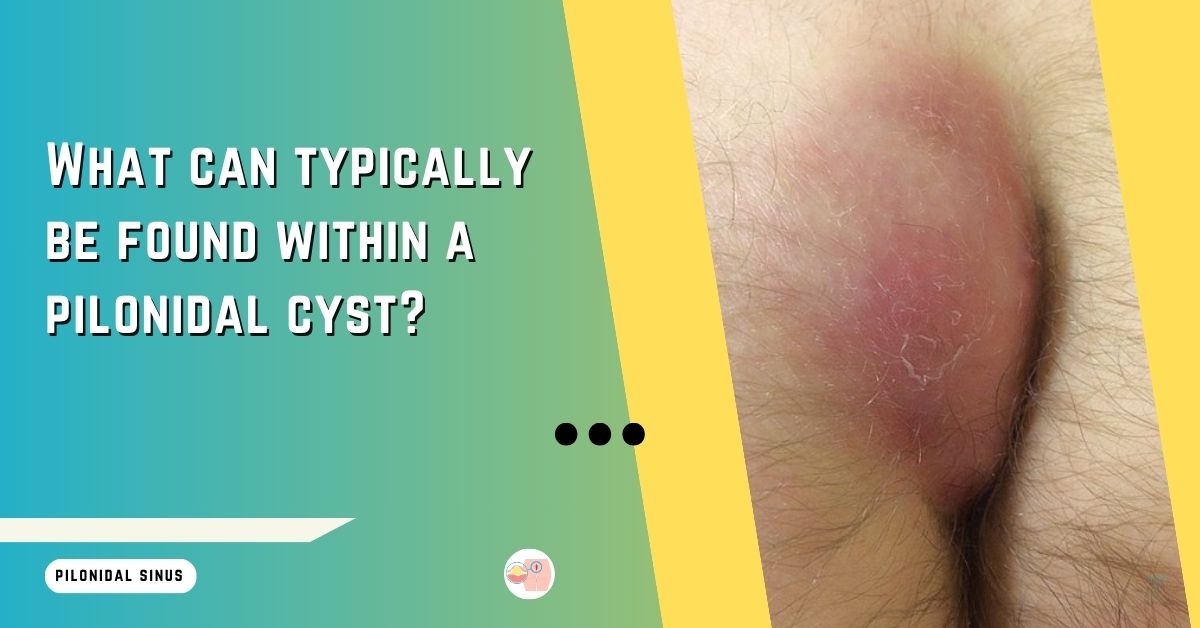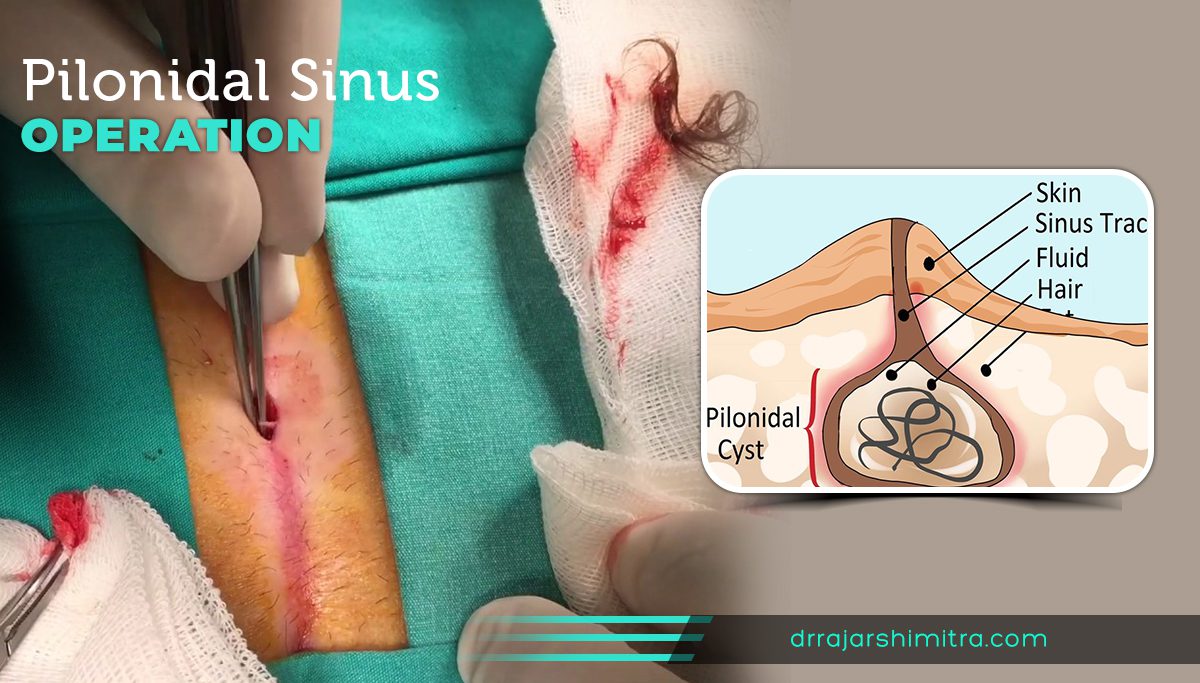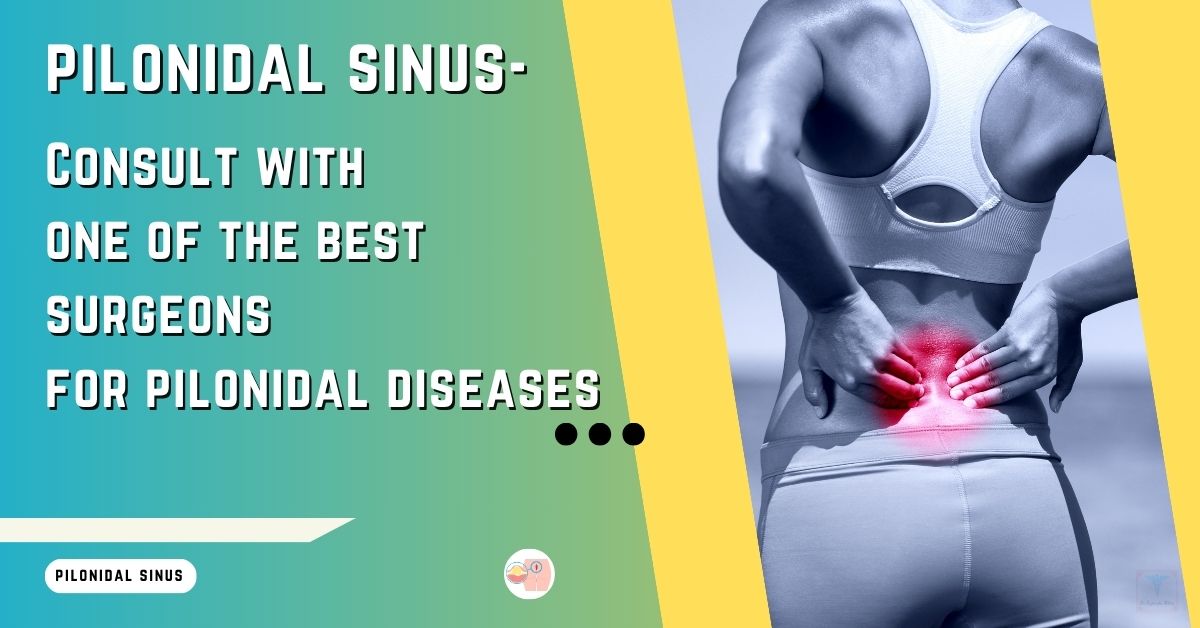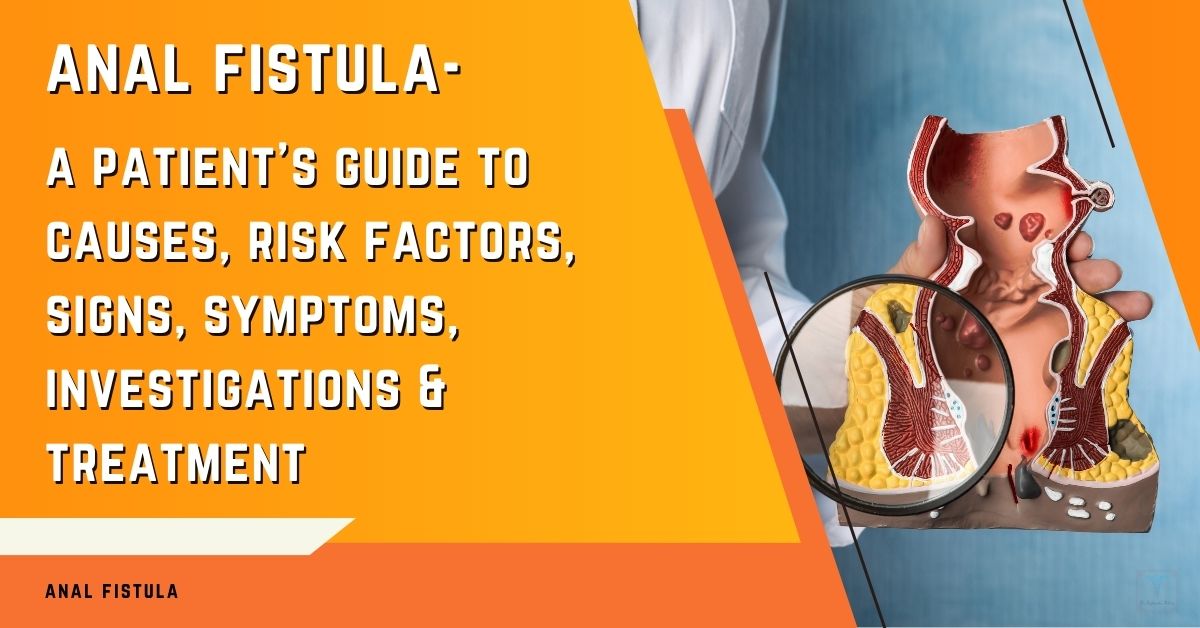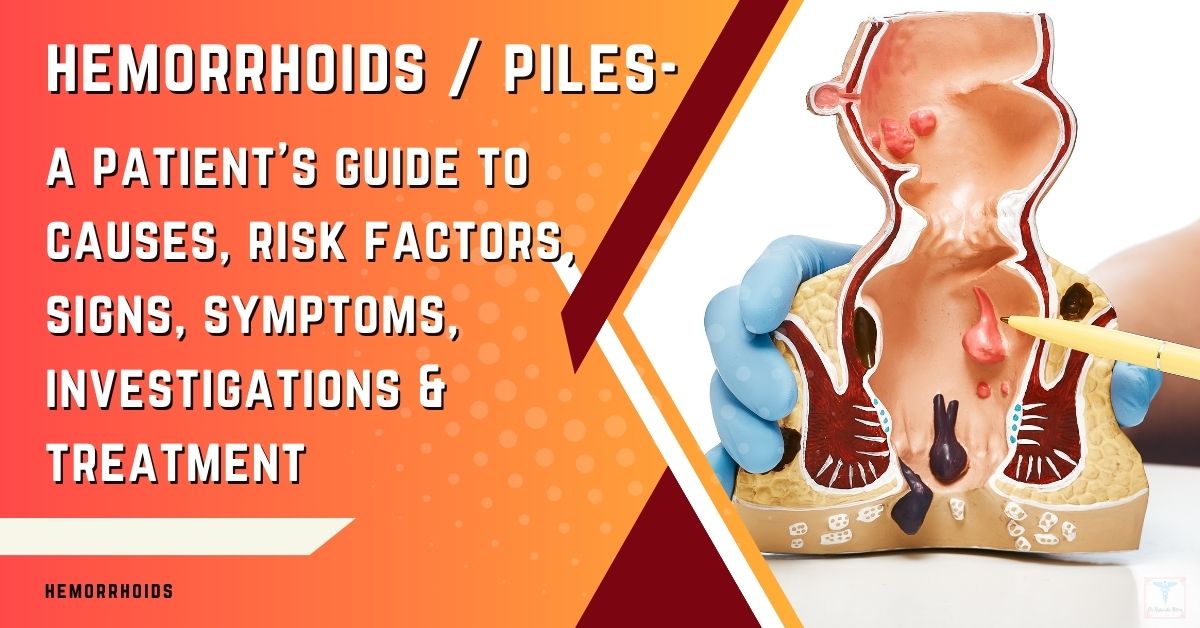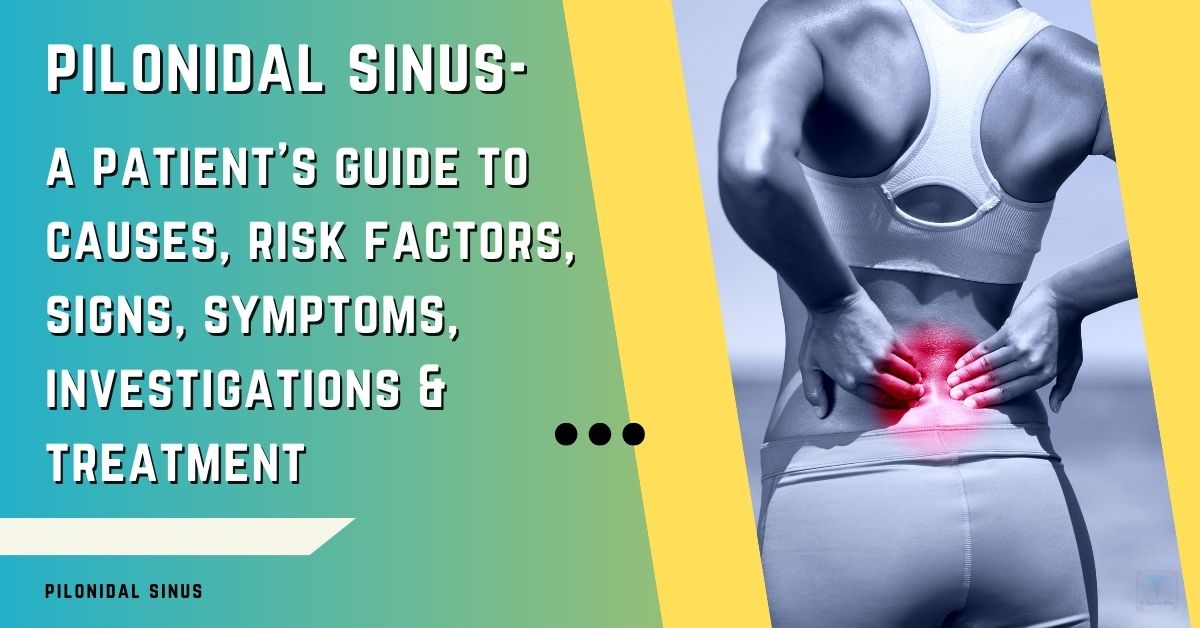Pilonidal sinus is a challenging condition to treat naturally. While conservative measures may help mild cases, more extensive disease usually requires surgery for a complete cure.
Trying Conservative Treatments First:
– Applying warm compresses promotes blood circulation and drainage from the cyst, providing temporary relief.
– Resting, avoiding prolonged sitting, and wearing loose clothes can minimize irritation. Oral pain medication is also helpful.
– Keeping the area shaved may prevent hair penetration. Using antiseptic soaps and antibiotic ointment reduces infection risk.
– Getting recurring abscesses surgically drained brings rapid relief, but the sinus cavity often refills over time. Packing the wound may encourage natural healing.
– Injecting steroid medication into the cyst or tracts attempts to shrink and close them off.
– These measures may allow superficial pilonidal sinus to heal but do not address deeper tunnels that persist. The recurrence rate is high.
Limitations of Natural Healing:
– The body struggles to close sinus tracts on its own as they fill with debris and become infected. The source of the problem remains.
– Extensive, branching tunnels with significant scarring do not heal naturally. They require surgical excision.
– Chronic, long-standing cases lead to extensive tissue damage. Natural healing is difficult without the removal of all diseased tissue.
– Neglected sinuses ultimately get worse, with higher chances of abscesses, sepsis, wound healing problems, and other issues.
– At best, only about 5-15% of pilonidal sinuses heal completely without specific medical or surgical treatment.
When Surgery Becomes Necessary:
– For sinuses larger than 5 cm, or with multiple tract openings, to fully remove extensive disease.
– After a failed trial of conservative therapy – to prevent recurrent infection and long-term complications.
– Non-healing wounds despite medications. Suspected cancerous change requires excision.
– Patient preference for definitive treatment after struggling with symptoms affecting quality of life.
– To reconstruct the deep gluteal cleft and allow the wound to heal more efficiently.
Expectations After Surgery:
– Following the doctor’s post-op instructions carefully is crucial for recovery without complications.
– The healing process takes 2-4 weeks for open excision, longer with flap procedures but success rates are high.
– Recurrence risk is less than 10% with surgery versus 40% with nonsurgical treatment.
– Can resume normal activities without pain or drainage once recovered after surgical treatment.
Summary of Key Points:
– Mild pilonidal sinus may rarely heal with conservative measures alone. More significant cases do not.
– Partial treatments like draining abscesses temporarily relieve symptoms but do not address the underlying tracts.
– The body struggles to close deeper, infected sinus tracts on its own. This leads to recurrence.
– Definitive surgery properly excises all diseased tissue allowing long-term healing for most patients.
– Surgery combined with lifestyle changes provides the best chance for a lasting cure for this condition.
In conclusion, natural healing of the pilonidal sinus is quite limited and unreliable. Seeking expert surgical treatment offers the highest likelihood of successful outcomes in moderate to advanced cases.
Dr. Rajarshi Mitra is a patient-centered, highly-rated Specialist Laparoscopic Surgeon & Proctologist in Abu Dhabi, offering Advanced Laparoscopic Surgery, Minimally Invasive Proctology & Lasers in Proctology. He is MBBS; MS (Surgery); FIAGES; FICS (USA); Dip. Lap (France); and Dip. Hernia (APHS) with 18 years of extensive experience in Laparoscopic Surgery, Minimally Invasive Proctology and Fellowship training in Colorectal and Bariatric Surgery.
